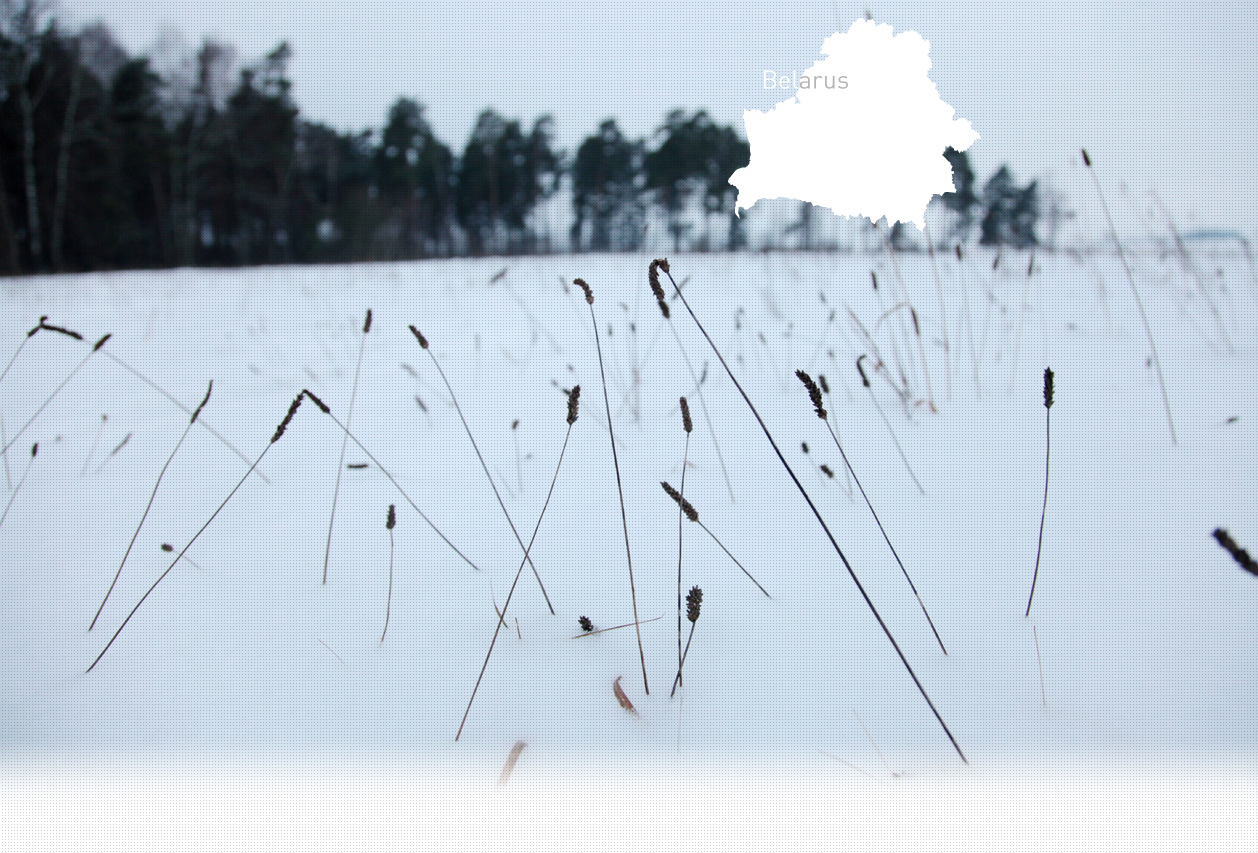

1 Killing site(s)
Valentina Sh., born in 1930: “YIU: And what nationalities lived here at the time?
Witness: Nationalities… there were also Jews here… our neighbors, the Hamburg family [names of the children of the Jewish family: Haim, Leiza, Faiba, Raia]; Raia was in fourth grade, her brother Faiba was five, and my brother was just a bit older. […] There was another Jewish family here, they had a pharmacy near the market. There is a store there now. They had three children, one was called Liza, I think. She was sick. There was also another pharmacist, he was older… so one of the pharmacists had this sick girl, she was big… and then in 1942 when the Germans arrived, they killed all the Jewish men.
Translator: Let us go back a bit earlier, we wanted to know about the Hamburg family, and also about Raia and Leiba’s parents.
Witness: Well, the grandpa was… I don’t remember very well…he used to live near the market…
Translator: Do you remember what they did for a living?
Witness: They were all craftsmen. The mother was a seamstress. Then they worked as blacksmiths, as carpenters. They were all friends of my mother’s, she used to tell me. When they were killed there were 18 families. There was another family, Mireiner. The sons were with the partisans, and the husband was a hat maker. My father knew them better. The wife, her name was Seina, was a deputy before the war, yes, she was Jewish, and she was hiding here, and they had a big house over there.” (Witness n°1017B, interviewed in Ukhvala, on October 4, 2019)
"In September 1942, the Germans assisted by police officers shot and threw into a well 120 people suspected of having links with the partisans. The victims were mainly the wives and children of people who joined the partisans. On the day of the shooting, all the inhabitants of Ukhvala were driven out of their houses and forced to walk through roads and fields in order to find the mines laid by the partisans. As the mines were not found, all the people were brought back to the village, to the former house of the burgomaster. Mayor P** and policemen T** and R** selected from the crowd the people they knew as partisan sympathizers. 120 people were selected in this way. The same people participated in the shooting. They brought 1-2 people to the well, shot them and threw them into the well. The children, they did not shoot them, but threw them alive into the well. The next day, in the village of Kuplinka [=Kuplenka], 47 women, children and elderly people were killed with shovels. In the village of Uznazh, 60-70 men, women and children were rounded up in a house and burned alive. A month later, the Germans and the police burned the village of Uznazh to the ground. Only 15-17 people remain in the village." [Deposition of Fiodor M., born in 1903, given to the State Extraordinary Commission; GARF: Fond 7021, opis 87, delo 7]
Ukhvala is a village located 118 km (73mi) northeast of Minsk. Very little is known about the Jewish community that lived in Ukhvala. The majority of them were artisans, some owned shops. On the eve of the war about 200 Jews remained in the village.
Ukhvala was occupied by German forces in early July 1941. Two weeks later, the first Aktion was conducted against 80 Jewish men who were rounded up and taken in the direction of the forest under the pretext of hard labor. The remaining women, children and elderly people were gathered in a ghetto composed of five houses. All the Jews, including children from the age of 7, were forced to wear yellow distinguishing badges. Those fit to work were subjected to hard labor. The ghetto was liquidated on May 4, 1942. During the liquidation, the Jews were rounded up and taken to the forest where they were shot. On October 14, 1942, as a result of a reprisal action conducted against the local population, 150 civilians, women, and children among them, were selected and shot.
Do you have additional information regarding a village that you would like to share with Yahad ?
Please contact us at contact@yahadinunum.org
or by calling Yahad – In Unum at +33 (0) 1 53 20 13 17